The Early History gallery of the Fort Steele Heritage Town Museum includes displays about the Ktunaxa Nation who had occupied the area for thousands of years prior to the arrival of Europeans.
 The map shown above shows the traditional Ktunaxa territory.
The map shown above shows the traditional Ktunaxa territory.
According to the museum display:
“Evidence of human existence in our area dates back 10,000 years ago, soon after the last ice-age. Some ancient stories suggest that the earliest Native ancestors occupied this area as early as 40,000 years ago. It is estimated that the Canadian Ktunaxa Nation occupied 70,00 square kilometers (27,000 square miles) within the Kootenay Region of British Columbia.”
In British Columbia today there are four Ktunaxa bands: Columbia Lake Band in Windermere; St. Mary’s Band in Cranbrook; Tobacco Plains Indian Band in Grassmere; and Lower Kootenay Band in Creston. In the United States, the Kootenai Tribe has a reservation in Bonner’s Ferry Idaho, and the Kootenai are a part of the Confederated Salish and Kootenai Tribes of the Flathead Reservation.
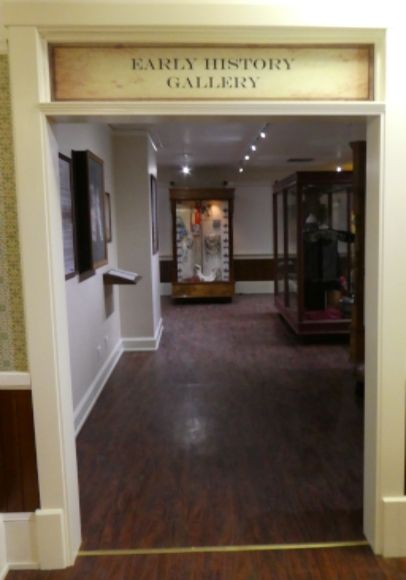
The language of the Ktunaxa is unlike any other language: linguists consider it to be one of a handful of language isolates in the world.
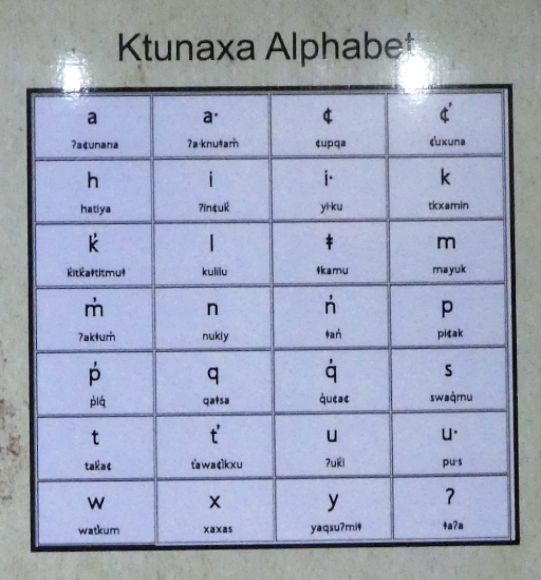
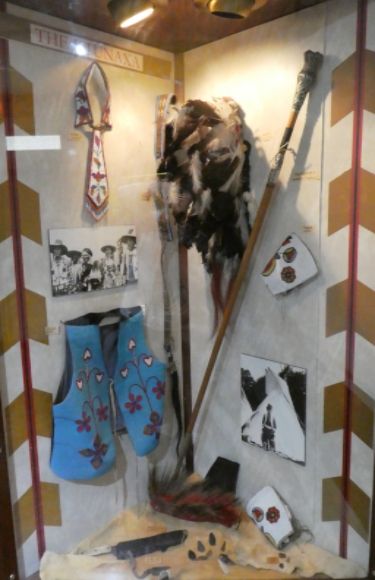
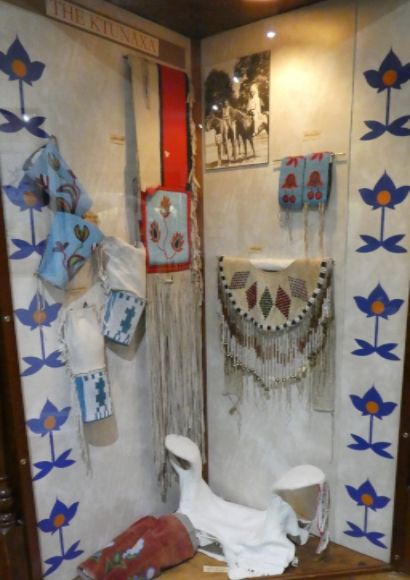
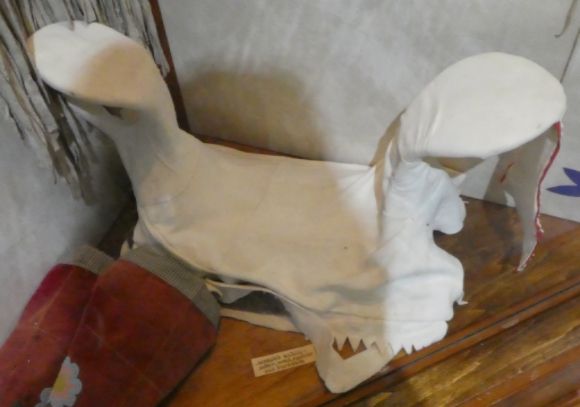 Shown above is a saddle.
Shown above is a saddle.
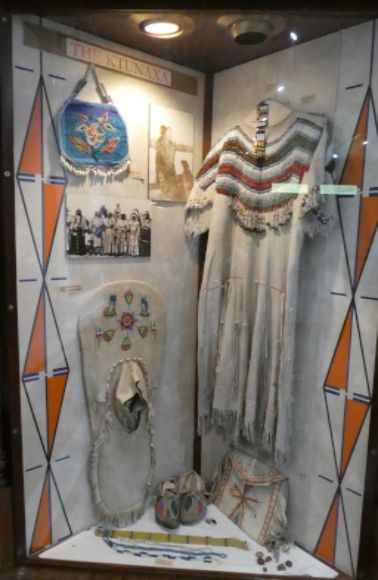
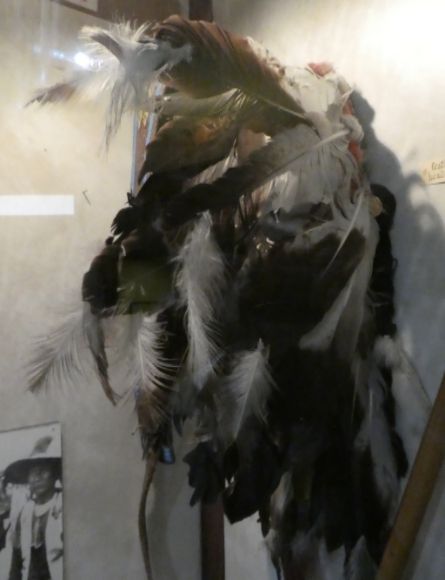 Shown above is a traditional man’s headdress.
Shown above is a traditional man’s headdress.
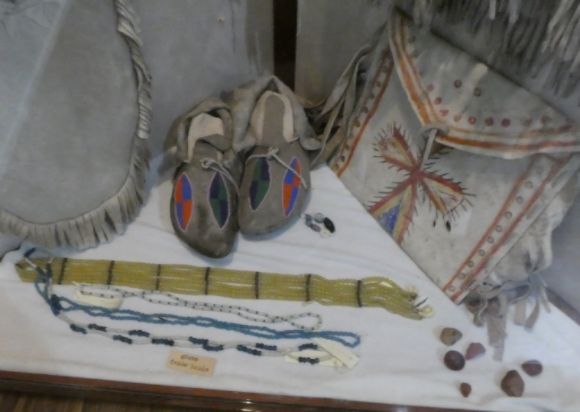
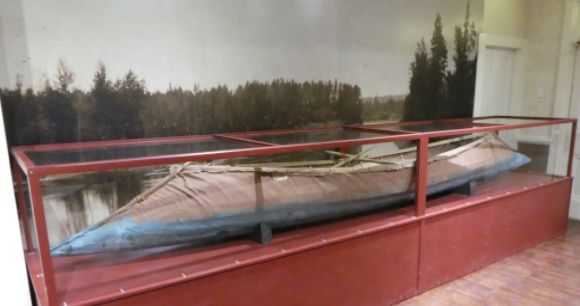 Shown above is a traditional sturgeon-nosed canoe. The shape of this canoe is unique in North America. A similar design is found in the Amur River region of Siberia.
Shown above is a traditional sturgeon-nosed canoe. The shape of this canoe is unique in North America. A similar design is found in the Amur River region of Siberia.
The Kootenai made bark-covered canoes. The bark was placed on the white-cedar frame so that the inside of the bark became the outside of the canoe. The seams were made watertight with pitch. A typical canoe would be about twelve feet long and about two and a half feet in beam. Both the bow and the stern of the Kootenai canoes have long projections which improve their steering and provide increased buoyancy. According to John Jennings, in his book Bark Canoes: The Art and Obsession of Tappan Adney:
“Canoes of this shape were fast, steady in the wind and quiet when used for hunting waterfowl in the reedy waters of the Kootenay territory.”
According to the display:
“The distinctive design of the canoe is derived from the sturgeon fish that was found in the Kutenai (Kootenay) Lake and River. The design of the nose allows the canoe to part and glide through the bulrushes in the valley’s delta.”
With regard to the unusual shape of the Kootenai canoes, which are usually called “sturgeon-nose,” John Jennings observes:
“They are, however, strikingly similar to the bark canoes of the Amur River of Asia, which forms the eastern boundary between China and Russia and flows into the Sea of Okhotsk.”

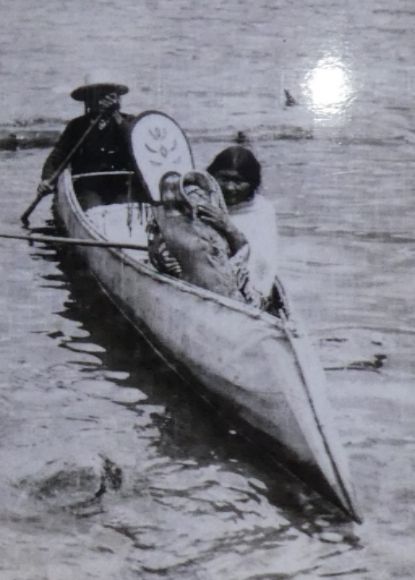
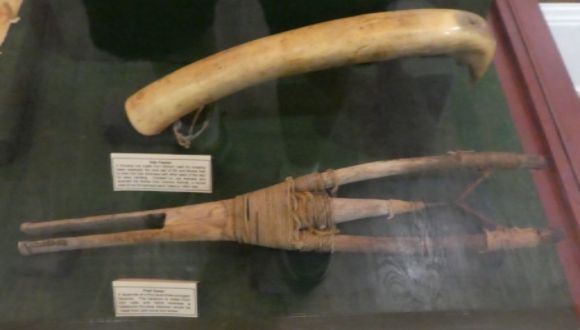
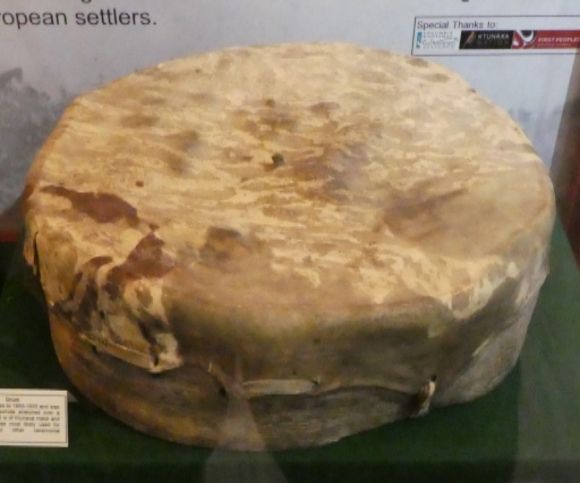 Shown above is a drum.
Shown above is a drum.
Women’s Clothing
Kootenai women wore a Plains-type buckskin frock made from two hides. In cold weather, the women wore a knee-length legging.
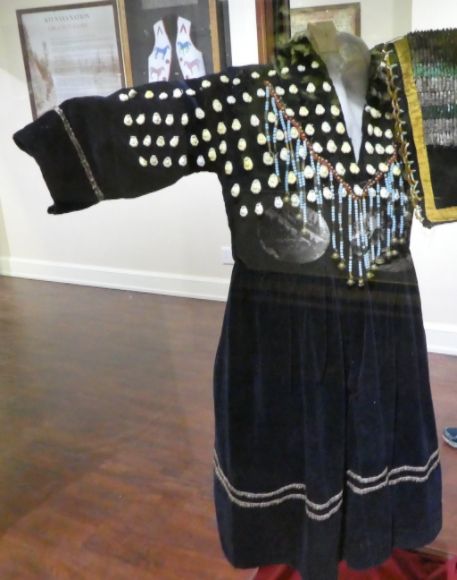
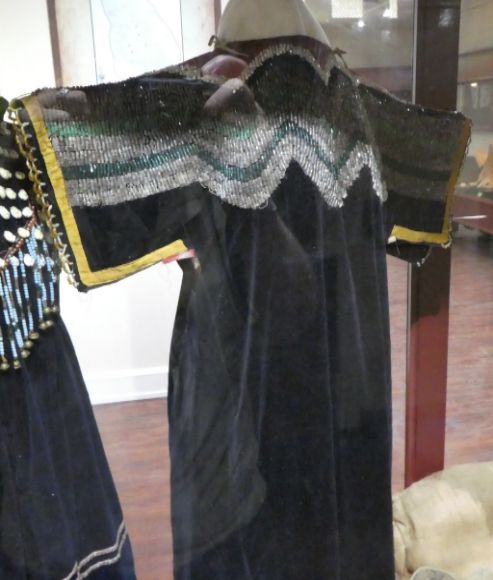
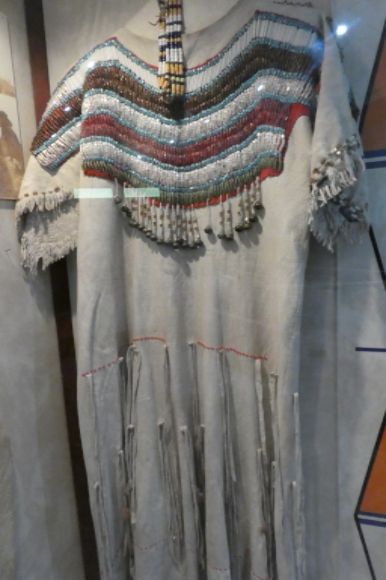
Indians 101
Indians 101 is a series exploring American Indian cultures, arts, histories, and current concerns. More from this series:
Indians 101: Ktunaxa Beadwork (Photo Diary)
Indians 101: Kootenai Origins and Spirituality
Indians 101: Kootenai Political Organization
Indians 101: Kootenai Fishing and Hunting
Indians 101: Plateau Indian Spirituality (Photo Diary)
Indians 101: The Plateau Culture Area


